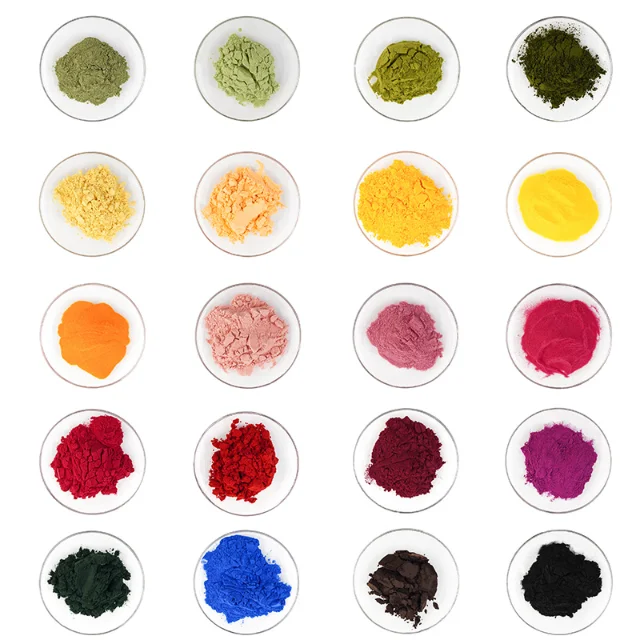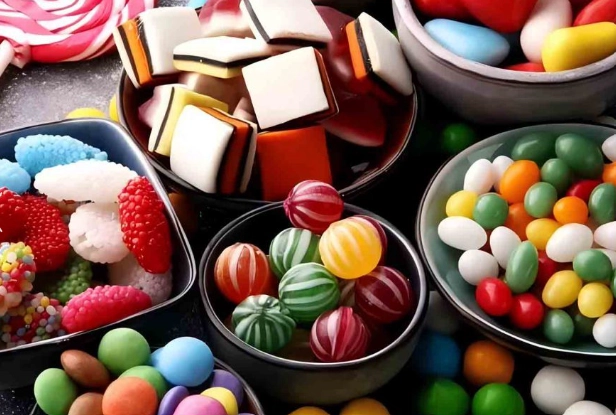
When you grab a piece of candy or a soda, the first thing that pops out is the color. Bright red, sunny yellow, or wild green makes food look fun. A plain cookie feels awesome with a cool shade. That’s why colors are such a big deal in food. But here’s the thing: should companies use Synthetic Food Colors or go with natural ones? Both have their fans, and picking one isn’t super easy.
What Are Synthetic Food Colors?
Synthetic Food Colors are made in labs. They don’t come from plants or animals. Instead, they’re cooked up with chemicals to make bright, steady colors. You see them in candies, sodas, cakes, ice cream, and sauces.
If you open two bottles of the same soda and they look exactly the same, Synthetic Food Colors probably did that. They’re great at keeping things looking the same every time. People like knowing their favorite snack will look just right, no matter where or when they buy it.
Why Do Food Companies Use Synthetic Colors?
Synthetic Food Colors are cheap. For companies making tons of snacks, that saves a lot of money. These colors also stick around longer. Heat and light don’t mess them up as fast. So, a cookie shipped far away still looks fresh weeks later.
Plus, Synthetic Food Colors make everything look the same. Every batch of candy or frosting comes out matching. That makes people trust the brand more.

What Are Natural Food Colors?
Natural colors come from stuff like fruits, veggies, spices, or minerals. Beet juice makes red, turmeric gives yellow, and spirulina turns things green. Some even come from bugs, like cochineal. Lots of people feel better about natural colors because they sound safer.
But here’s the catch: natural colors aren’t as tough. They fade quick when they’re in light, heat, or acidic stuff. A cake with beet juice might turn brown after baking. A soda with turmeric could lose its color on a sunny shelf.
Why Do Some Brands Still Choose Natural Colors?
Natural colors fit the “clean label” vibe. People love seeing “colored with beetroot” instead of “artificial red 40” on the label. It makes the food seem healthier, even if natural colors are trickier to use and cost more. Some brands pay extra to make customers happy.
Safety and Regulations: How Are They Controlled?
Safety matters for both kinds of colors. Synthetic Food Colors have to pass tough rules. In the United States, the FDA says which ones are okay and how much you can use. In Europe, EFSA does the same. In China, it’s GB standards.
Some parents think Synthetic Food Colors make kids hyper. Studies don’t always agree, but rules keep things safe by setting limits. Natural colors seem safer, but they can cause allergies too. Stuff like beet, turmeric, or spirulina might make some people react.
Do Rules Differ Between Regions?
Yup, they do. A color okay in one country might be banned in another. That means big food brands have to tweak their recipes for different places. It’s why the same candy might look a bit different depending on where you buy it.
Cost and Production Efficiency: Which Is Better?
Synthetic Food Colors are easier on the wallet. They’re simple to make in huge amounts, ship, and store. Natural colors rely on crops and weather. If a harvest goes bad, prices shoot up.
How Does This Affect You as a Buyer?
When you snag a cheap candy bar or soda, Synthetic Food Colors help keep the price low. If only natural colors were used, stuff would cost more. For fancy small-batch foods, that’s okay. But for big brands at the store, keeping costs down is super important.
Performance in Food: Color Stability and Shelf Life?
Synthetic Food Colors are built to last. They keep their shade for months. Natural colors fade faster, especially in bright light or when heated up.
Can You See the Difference in Real Life?
Totally. Picture two strawberry ice creams. One uses Synthetic Food Colors, the other beet juice. After a few weeks in the freezer, the synthetic one’s still bright pink. The natural one might look dull or gray. That little difference can make people think the food’s not as good.
Consumer Perception: What Do People Prefer?
Shoppers say they want natural colors. Labels that say “no artificial colors” grab their attention. But tons of people still buy stuff with Synthetic Food Colors. Bright, crazy candies are a big hit, and you can’t get those colors without synthetics.
Is There a Middle Ground?
Yup, some companies mix both. A natural color might give the main shade, and a synthetic one keeps it steady. This makes the label look nicer but still keeps the food looking good on the shelf.
Future Trends in Food Colorants?
The future’s probably a mix of both. Synthetic Food Colors are getting better and safer through new studies. Natural colors are coming from cool new places like algae or fermentation.
What Should You Expect in the Coming Years?
You’ll see more foods bragging about natural colors. But Synthetic Food Colors aren’t going anywhere. They’re too good for big companies making tons of food. More brands might start being open about using both, explaining it clearly on labels.
Before we answer some common questions, let’s talk about a supplier worth checking out. YAYANG is a big name in pigments and food-grade colors. They’ve got years of experience with Synthetic Food Colors and other pigments. If you want to ask about prices or samples, their contact page is easy to use. What makes YAYANG special is their huge range of Synthetic Food Colors, plus their awesome service and flexibility.
FAQ
Q1: Are Synthetic Food Colors harmful to health?
Nope. They’re safe when used within limits set by FDA, EFSA, and other regulators.
Q2: Why do natural pigments fade faster than Synthetic Food Colors?
Natural ones aren’t as strong against light, heat, or pH changes. Synthetic Food Colors hold up better.
Q3: Which foods mostly use Synthetic Food Colors?
They’re super common in candies, drinks, baked goods, and sauces.
Q4: Do natural pigments cost more for producers?
Yup. They depend on crops and seasons, so prices aren’t as steady.
Q5: Will Synthetic Food Colors be replaced by natural pigments in the future?
Not totally. Both will stick around. Natural colors will grow, but Synthetic Food Colors will stay big for mass markets.
